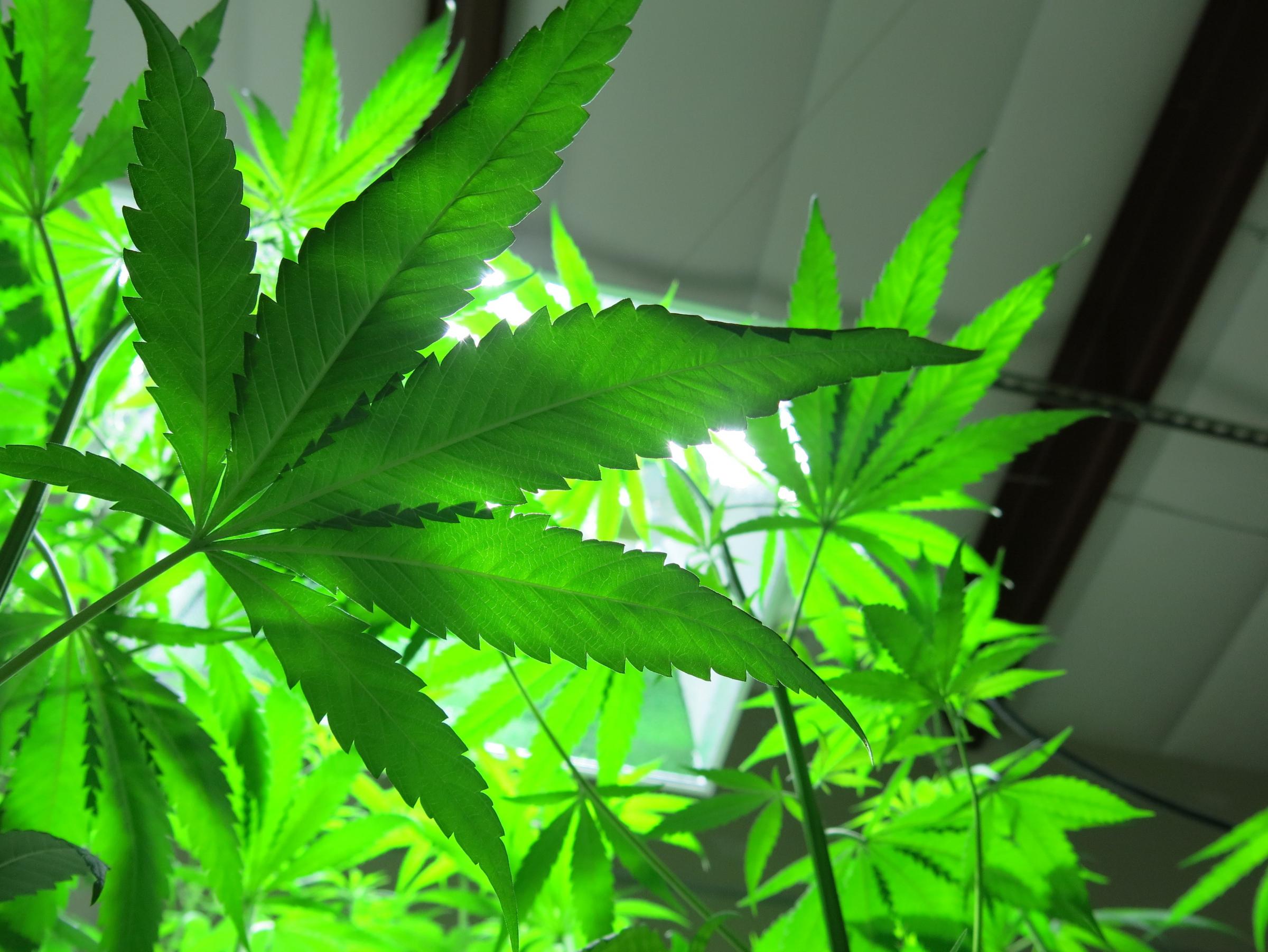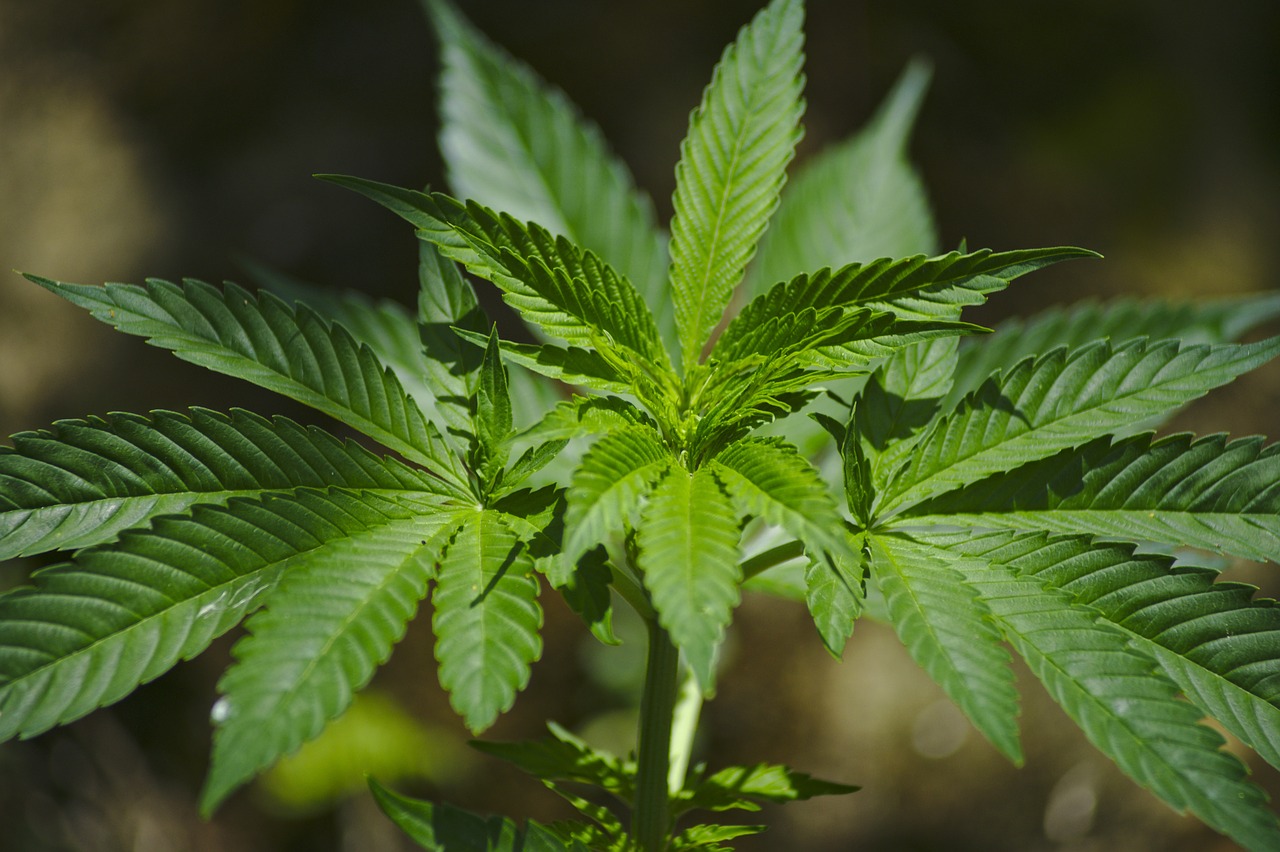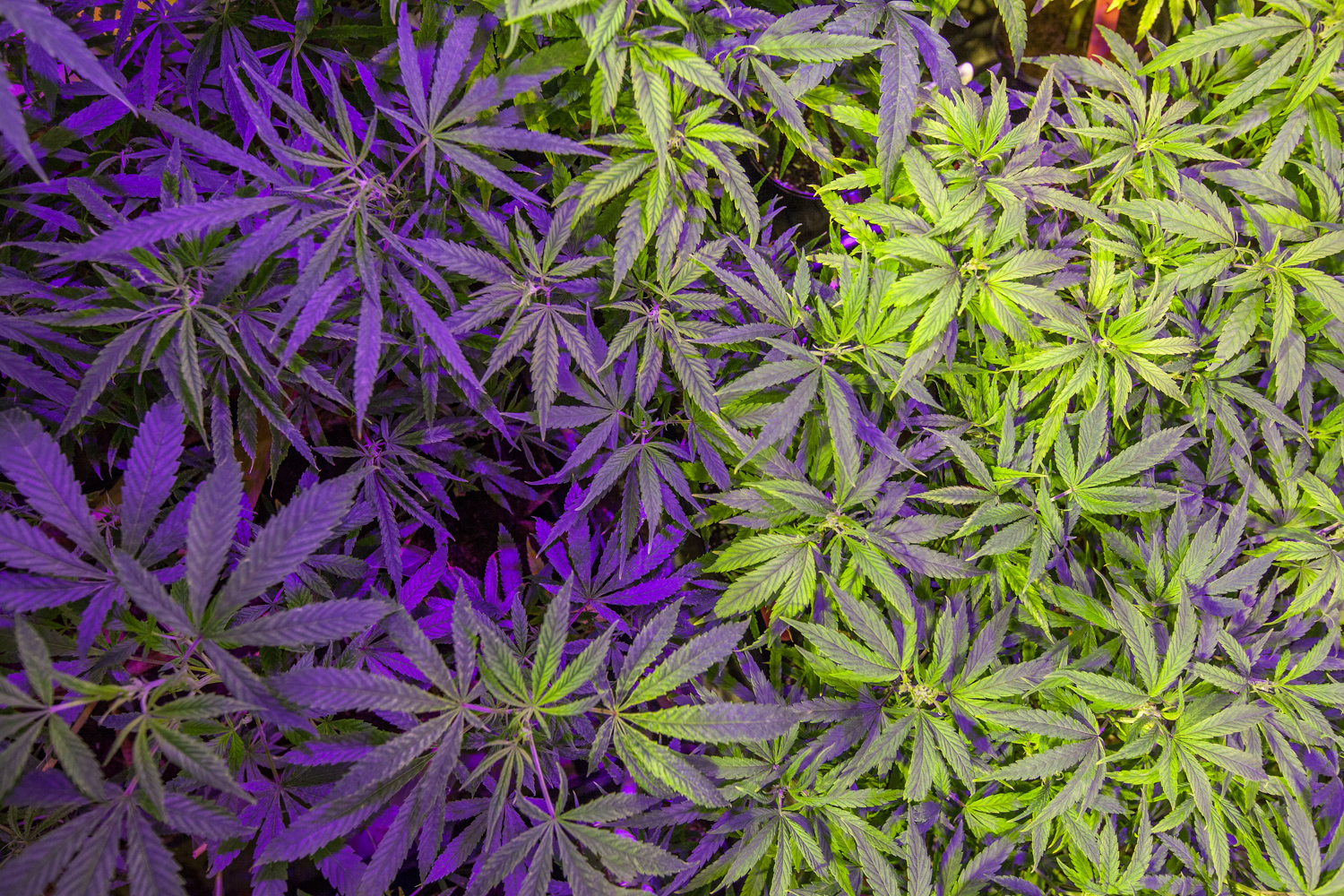Cannabis’ distinct aroma isn’t coming from your favorite cannabinoids. Instead, it’s the terpenes that give cannabis its unique fragrance and flavor. They may also influence the cannabis experience and may convey some of its potential therapeutic benefits.
One of the most common terpenes found in cannabis is myrcene. Beyond cannabis, myrcene is found in hops and is responsible for the peppery, spicy, balsam fragrance in beer. It’s also expressed in lemongrass, which has been used in traditional folk medicine for centuries.
How Common Is Myrcene in Cannabis?
Myrcene is the most abundant terpene in modern commercial cannabis. When we look at thousands of samples of cannabis flower tested by Leafly lab partners, we see this clearly. On average, myrcene represents over 20% of the terpene profile in modern commercial strains, although individual samples vary widely in their terpene content.
Myrcene is also the most likely cannabis terpene to be dominant in flower. A strain’s “dominant” terpene is simply the terpene present at the highest level. In modern commercial cannabis, only a limited number of terpenes show up as dominant even though there are many more cannabis terpenes in a strain’s overall profile.
If you picked a random flower product off of a shelf in a legal state, you could expect it to be myrcene-dominant about 40% of the time. This reflects the relative lack of chemical diversity in modern commercial cannabis. There’s a lot of room for breeders to experiment with increasing the chemical diversity of strains, potentially even creating novel strains with terpene profiles that are unlike anything commercially available today.
Strains That Contain High Myrcene Levels
What popular strain names tend to be associated with the highest levels of myrcene? To see this, we looked at the range of myrcene levels associated with many popular strain names, and sorted these based on average myrcene levels. These were the top 10 strain names associated with the highest myrcene levels:
Find these strains nearby:
For each of these strain names, myrcene tends to represent over one-third of the overall terpene profile. In some samples, myrcene represents over half of the overall terpene profile. Also, myrcene levels tend to be highly variable, with a large range of possible myrcene levels associated with each strain name. Lastly, strain names commonly classified as indica, sativa, or hybrid can be found with high levels of myrcene, including popular sativa-dominant hybrids like AK-47 and Blue Dream.
Can You Tell Indica and Sativa Strains Apart Based on Myrcene Levels?
A common claim we hear is that you can tell whether a strain will have “indica” or “sativa” effects by knowing its myrcene levels. It’s often stated that strains with more than 0.5% myrcene by weight will produce “indica” (relaxing) effects, while strains <0.5% myrcene by weight will produce “sativa” (energizing) effects. If this claim was true and reliable, we would expect to see a clear difference in myrcene levels between strains labeled as indica, hybrid, and sativa. Indicas should have mostly >0.5% myrcene by weight, sativas should have mostly <0.5%, and hybrids should be in the middle.
When we use lab data to look at myrcene levels across strain names based on their popular indica, hybrid, and sativa designations, this is generally not what we see:
On average, flower products tend to have similar myrcene levels across indicas, hybrids, and sativas. There is also no clear indication from the data to support a general rule such as, “more than 0.5% myrcene = indica.”
This claim may have originated from the common belief that myrcene is sedating and may be responsible for the “couch lock” effect many consumers sometimes feel with cannabis consumption. But do we know that this is actually true? What’s the evidence that myrcene produces sedating effects in humans?
Does Myrcene Make You Sleepy?
Herbal medicines containing myrcene have a long history of being used as a sleep aid in folk medicine. In Mexico, myrcene-rich lemongrass infused tea has been used in as a sedative and muscle relaxant. It is common for Germans, who are the second largest hops growers in the world (the US is first), to use myrcene-rich hops preparations as a sleep aid. However, it’s not clear that any controlled studies have pinpointed myrcene as having a causal role in driving sleep in humans; we are not aware of any well-controlled human clinical trials that clearly demonstrate a sedative effect of myrcene.
A limited number of rodent studies have suggested that myrcene, given at high doses, may have muscle relaxant effects. The same study also showed that myrcene can increase the amount of time mice spent asleep, but only when given in combination with narcotics with strong sedative effects. However, animal studies often do not translate to humans, so more research is needed before we will have a clear indication of whether myrcene can produce sedative effects, especially at the levels it is commonly found in commercial cannabis products.
Can Myrcene Relieve Pain and Reduce Inflammation?
Lemongrass tea containing high levels of myrcene has played a role in Brazilian folk medicine for its claimed anti-anxiety and pain-relieving properties. The first published claim for myrcene reducing pain was generated in 1990 by scientists in Brazil. They concluded that myrcene reduced pain by increasing the brain and spinal cord’s own opioid chemicals, but this has been debated. Much more work is needed to prove whether or not myrcene has bona fide pain-relieving properties in humans.
More research is also needed to support myrcene’s potential anti-inflammatory effects. Evidence for myrcene’s role in reducing inflammation comes mainly from animal studies.
Other Potential Health Benefits of Myrcene
Myrcene can block the cancer-causing effects of aflatoxins that are produced by fungi but find their way to our food. These anti-mutagen properties stem from myrcene’s inhibition of the liver enzyme, CYP2B1, which induces aflatoxin’s ability to damage our DNA. Myrcene also protects against DNA damage from toxins such as t-butyl-hydroperoxide. These anti-mutagen effects are consistent with those of other terpenes, along with their antioxidant and antimicrobial benefits.
What’s Next for Myrcene Research?
As for research on other cannabis terpenes, one of the biggest questions regarding myrcene is whether we’re consuming sufficient myrcene doses to achieve these effects. Mouse studies inject between 2mg/kg and 1g/kg (consider that the average adult male weighs around 80 kg) and it’s unclear how much is needed to achieve a therapeutic effect in humans or whether these amounts are present in cannabis strains.
The importance of terpenes in cannabis’ effects are just beginning to become widely appreciated. Research has lagged as scientists have spent the bulk of their effort on the cannabinoids, mostly in isolation. However, that appears to be changing. The National Institute of Health, which is the largest science funding agency in the country, recently issued a call for proposals to study the analgesic effects of terpenes and “minor cannabinoids” from cannabis. Now if scientists can only get research access to the wide variety of available strains!
























